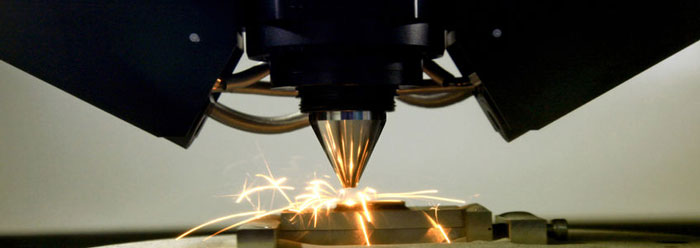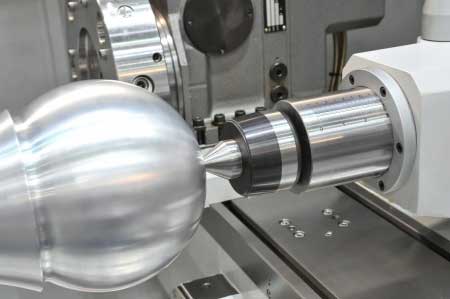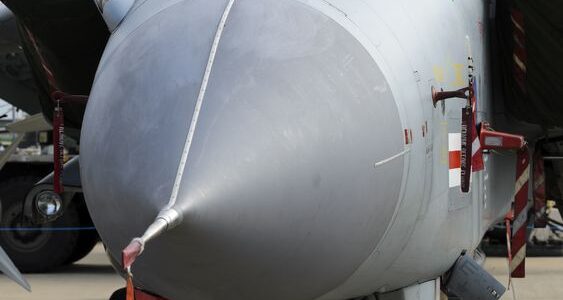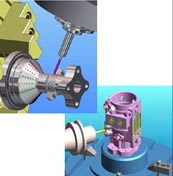The Future of Mini Drones or MAV’s (Micro Air Vehicles)
Drones have been around for some time but the on-going technological development in advanced engineering is astonishing. Can you imagine a swarm of robotic and autonomous insects?
When you think of mosquitoes, there really aren’t many good things to say. They often carry potentially lethal diseases such as malaria. Mosquitoes are annoying and their bites can be really painful, itchy and irritating.
This is not what Zoologists from the University of Oxford and the Royal Veterinary Hospital in Japan are focusing on though. In fact, they’ve discovered something very interesting.










Recent Comments